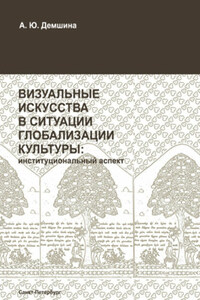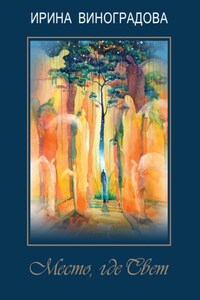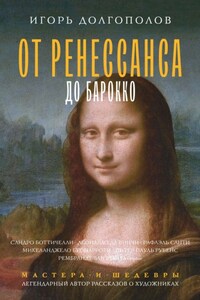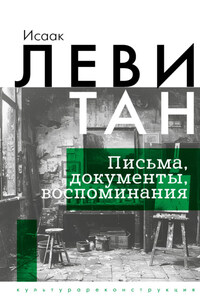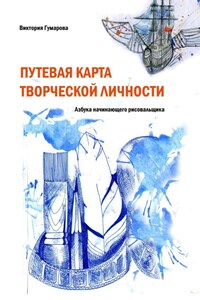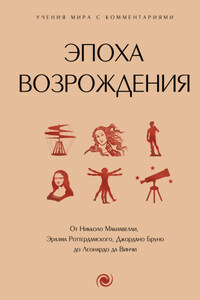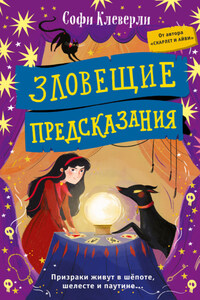Sketching
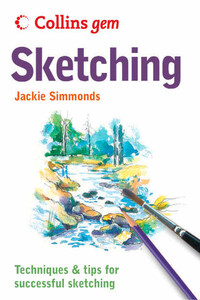
An essential little ebook – perfect for the pocket or art bag – covering all practical aspects of sketching and drawing. Sketching is a skill that every artist needs to master and this handy book shows you how in a very clear and simple way.Jackie starts by describing all the different media used for sketching, including pencils, charcoal, coloured pencils, pens, pastels, watercolours and gouache, as well as the different types of sketchbooks. She then looks at the basic techniques of sketching, emphasizing the importance of observation and showing how to make marks, use tone, create 3-D form and portray pattern.She then covers a wide range of subjects, such as plants and flowers, skies, animals, the urban landscape, and figures and portraits, explaining how to compose your sketches and giving useful tips about sketching on the move. There’s also a fascinating section on sketching from the Masters, to provide additional inspiration.The instruction is clear and concise throughout, providing an ideal resource for artists of all levels to dip into when sketching out on location.
